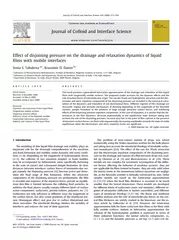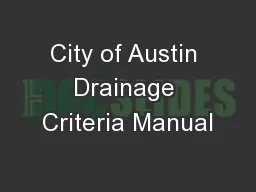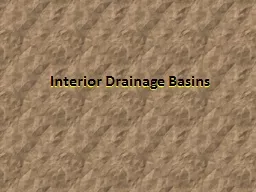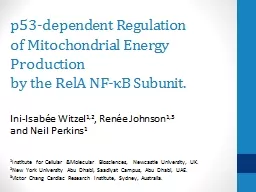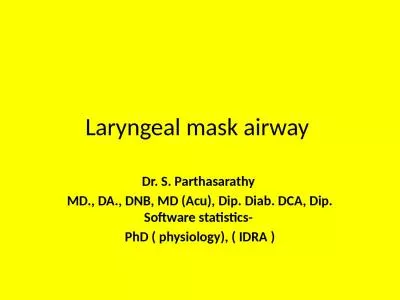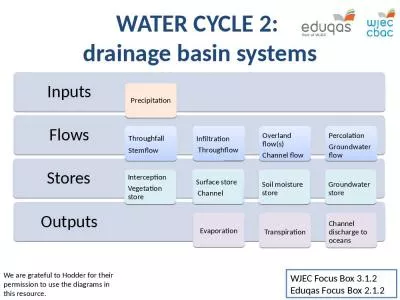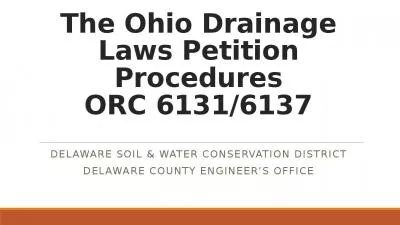PDF-Effect of disjoining pressure on the drainage and rela
Author : lois-ondreau | Published Date : 2015-06-02
Tabakova ac Krassimir D Danov b Laboratory of Physicochemical Hydrodynamics Institute of Mechanics Bulgarian Academy of Science 1113 Soa Bulgaria Laboratory of Chemical
Presentation Embed Code
Download Presentation
Download Presentation The PPT/PDF document "Effect of disjoining pressure on the dra..." is the property of its rightful owner. Permission is granted to download and print the materials on this website for personal, non-commercial use only, and to display it on your personal computer provided you do not modify the materials and that you retain all copyright notices contained in the materials. By downloading content from our website, you accept the terms of this agreement.
Effect of disjoining pressure on the drainage and rela: Transcript
Download Rules Of Document
"Effect of disjoining pressure on the drainage and rela"The content belongs to its owner. You may download and print it for personal use, without modification, and keep all copyright notices. By downloading, you agree to these terms.
Related Documents

